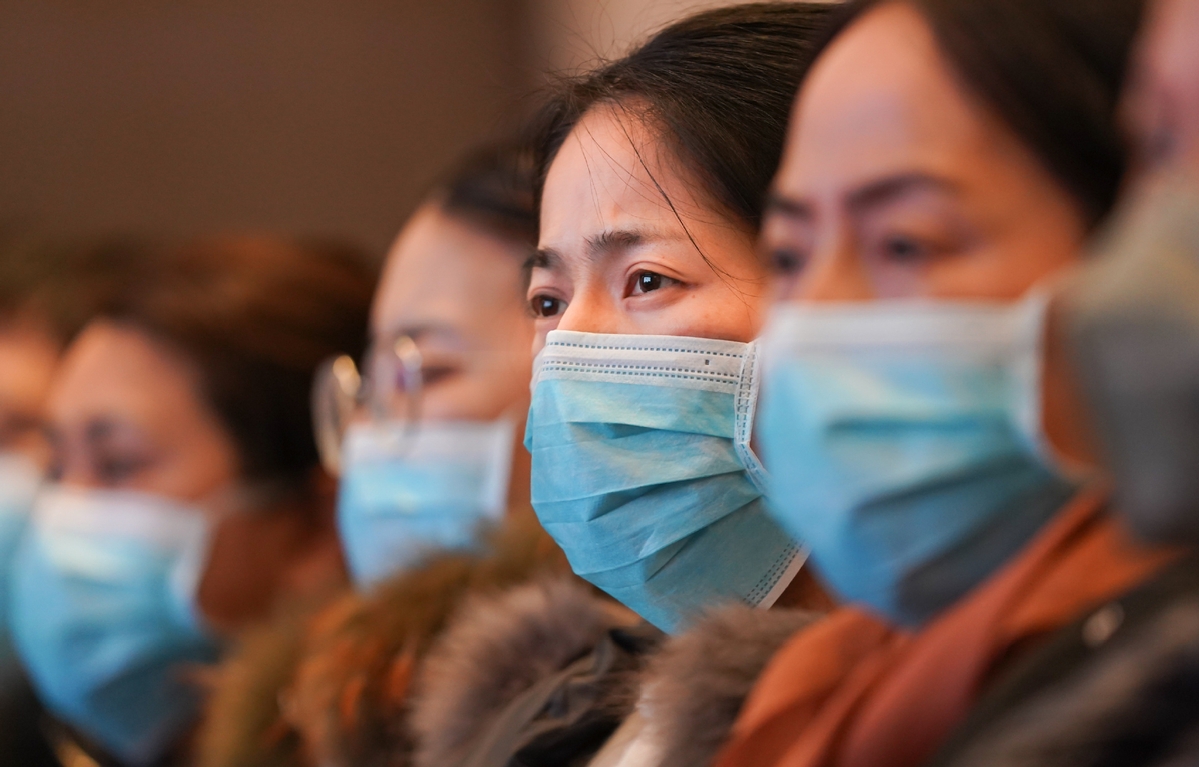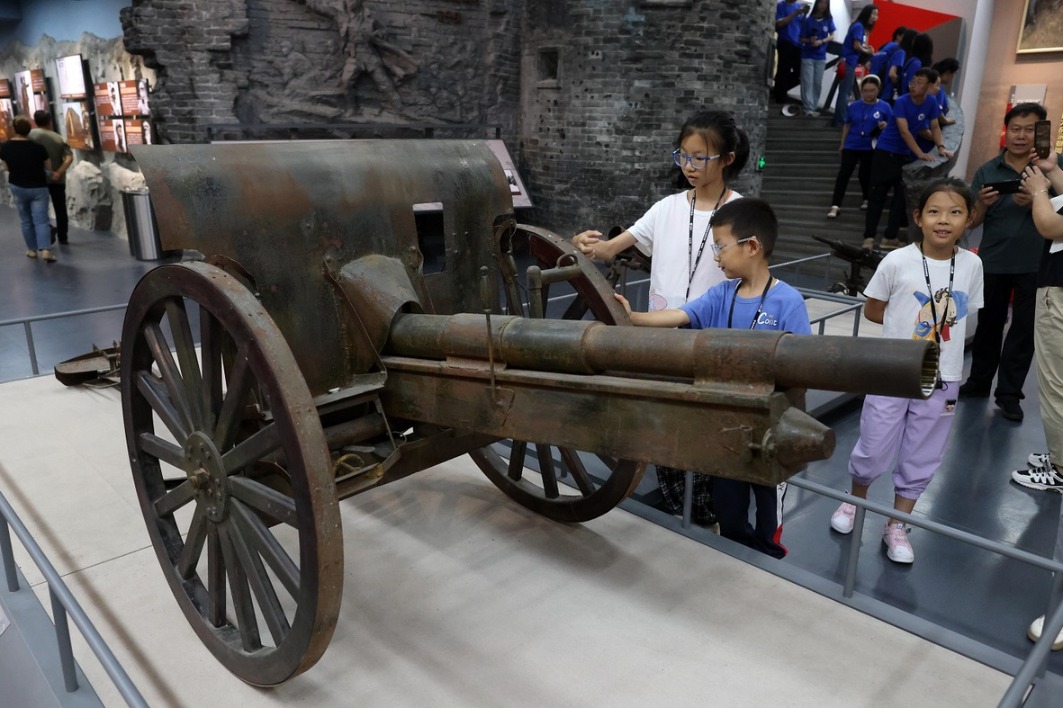Wuhan shutdown delayed spread of coronavirus by around three days, study claims


The Wuhan shutdown had delayed the spread of COVID-19 to other Chinese cities by nearly three days, and the overall national emergency response efforts had cut the number of confirmed cases outside the city by 744,000 by mid-February, according to an international study published on Mar 10.
The Wuhan travel ban alone had reduced 202,000 cases in China, delaying epidemic growth and buying valuable time for other areas to mobilize and response, the study said.
The research was done by 22 scientists from 15 institutions in China, United States and United Kingdom. It was published on health sciences preprint server medRxiv, meaning it has not been peer-reviewed and its results are up for debate.
The research examines the impact of transmission control measures against COVID-19 in China from Dec 19 to Feb 19, the first 50 days of the epidemic. Wuhan went into lockdown on Jan 23, followed by the whole Hubei province a day later.
These transmission control efforts included travel restriction, isolating suspected and confirmed cases, suspending schools and entertainment venues, banning public gatherings, and routine health checks on the population.
However, an estimated 4.3 million people travelled out of the city between Jan 11 and the time of lockdown due to the Chinese Lunar New Year holidays. The study said the spread of COVID-19 from Wuhan was rapid with 262 Chinese cities reporting cases within 28 days. For comparison, the 2009 H1N1 influenza took 132 days to reach the same number of cities.
The Wuhan travel ban delayed the arrival of COVID-19 in other cities by an estimated 2.91 days on average. More than 130 cities, covering over half the geographic area and population in China, benefited from the delay.
But a large fraction of the Chinese population remained at risk by Feb 19, and relaxing control measures at the time could lead to a resurgence of transmission.
While the impact of the entire national emergency response is hard to evaluate, scientists found that suspending intra-city public transport, closing entertainment venues and banning public gatherings, contributed to the overall containment of the epidemic.
"With that caveat, we conclude that these control measures had a major impact on the COVID-19 epidemic, averting hundreds of thousands of cases by Feb 19," the study said.
"Whether the means and the outcomes of control can be replicated outside China are now under intense investigation as the virus continues to spread worldwide."
- Maldives VP advocates diversity for global harmony
- China's first locally bred giraffe gets a brother
- Brazilian singer Alexia Evellyn shines on The Singer 2025 with cultural fusion
- Misty morning transforms Dajiu Lake in Hubei
- China's first 9-valent HPV vaccine priced at just $70
- New program seeks to eliminate fraudulent recruitment agencies





































